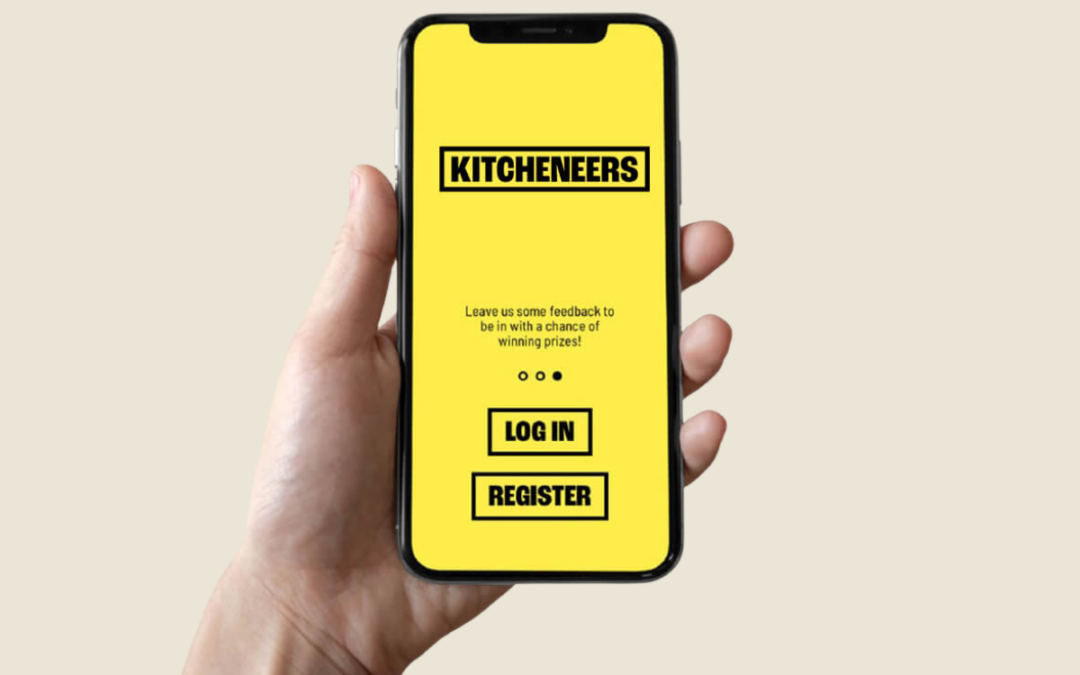The food and catering industry is no stranger to innovation. Digital transformation can help improve operational efficiencies, introduce self-ordering kiosks, enhance the customer experience, and provide data insights for better decision-making.
At Alliance in Partnership, we understand that school catering deserves the same level of versatility and user-friendliness. We offer smart digital solutions for parents, schools and students. School Food United is our online payment and ordering system for parents. Designed to make communication and engagement easier, it enables a closer relationship with parents based on shared goals in terms of better management of food allergies, dietary restrictions, healthy eating and payment.
How digital transformation has revolutionised school catering
Technology has major influences on our lives, especially on food habits. It provides an excellent opportunity for selective school meals based on bespoke needs.
Meal planning – Meal planning is crucial for ensuring that young children receive nutritious meals, especially when they’re in school. Digital systems enable a more thoughtful approach to food selection that fosters informed decisions. Parents can now easily choose meals for their children, particularly those attending primary schools. With pre-ordering systems, parents can discuss the nutritional aspects of meals with their children at home, which not only helps young children understand the importance of healthy eating but also enables parents to discover their children’s food preferences. By effectively planning meals, we can ensure that more children receive nourishing food options, that are based both on their dietary preferences and the required nourishment to keep them fueled throughout the day.
Customisation option – Allergen monitoring and flagging are important tools to manage allergens effectively where detailed information about ingredients can be shared more comprehensively via a digital interface. Parents can flag up their children’s food allergies. It allows caterers to craft allergen-free menus, for parents to choose safe meals for their children, and for school staff to monitor meals for children with special dietary needs.
A digital system enables enhanced customisation to ensure complete inclusivity. For example, meal planning for children with lactose intolerance or those on a halal diet becomes much more convenient. The two-way information enables parents to choose what their children eat and caterers to gain insight into food choices and preferences. School caterers can use this information to improve and customise menus.
Cashless systems – No more lost lunch money! Parents can pay for school meals online. Cashless school meal payments make transactions more efficient and reduce queuing time.
Informed choices – A digital platform allows caterers to highlight healthier and more sustainable foods with deeper insights into ingredients, preparation, sourcing and scientific data, leading to healthier food choices.
Benefits of digital transformation in school catering
A digital system for school catering simplifies many aspects and delivers solutions without hassle.
Enhanced efficiency – The pre-order method ensures better meal prep. Caterers can improve innovation and creativity in the preparation and presentation of menus. Cashless catering services eliminate the need to carry money, making it more convenient to pay for school meals.
Improved student well-being – Giving parents and school staff better control over children’s food choices paves the way for healthy eating at school. They can choose different and diverse foods that children may never choose themselves. It encourages children to learn about a variety of foods, some of which may become their new favourites.
You can introduce children to plant-based alternatives and include more fruit and vegetable options to create a balanced diet. Parents can keep the danger of allergens away from their children’s meals by choosing their meals exclusively. They can also request bespoke options for special dietary requirements.
Automated reports and data allow school caterers to understand school demographics, parental concerns, school goals, and children’s preferences. It helps design menus and dishes that please the tastebuds of pupils while maintaining nutritional standards, dietary needs and food safety concerns. Parents can also monitor their children’s eating habits in school to ensure they are eating healthy, safe and nutritious meals.
Reduced waste – When caterers know which menu items and quantities are necessary per school day, they are in a better position to order ingredients and prepare food that eliminates waste. It cuts costs, reduces environmental impact and improves the quality of food.
Streamlined communication – the streamlined and coordinated process allows school staff, parents and meal providers to improve nutritional standards and sustainability. It allows for clear communication and sharing of information vital to the health and well-being of children.
